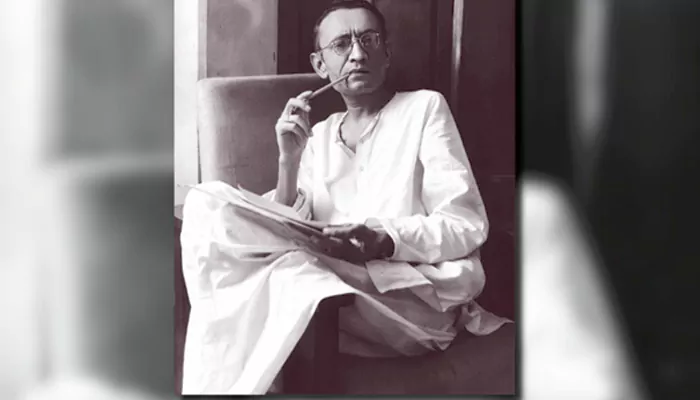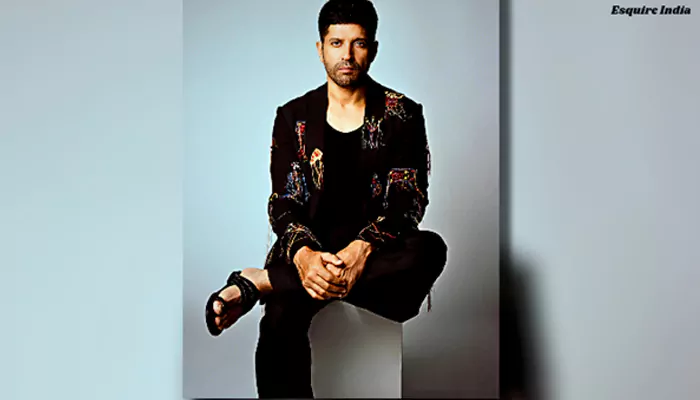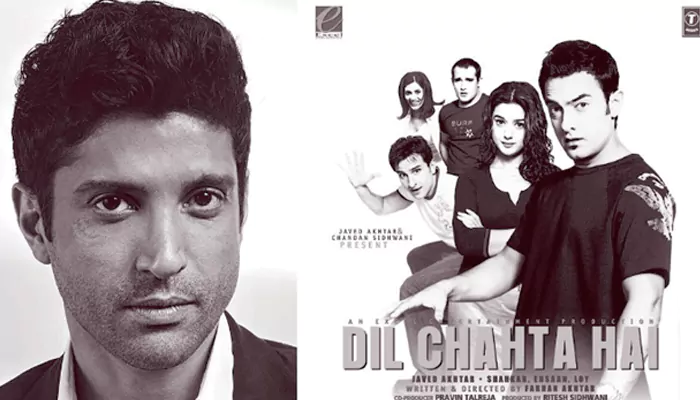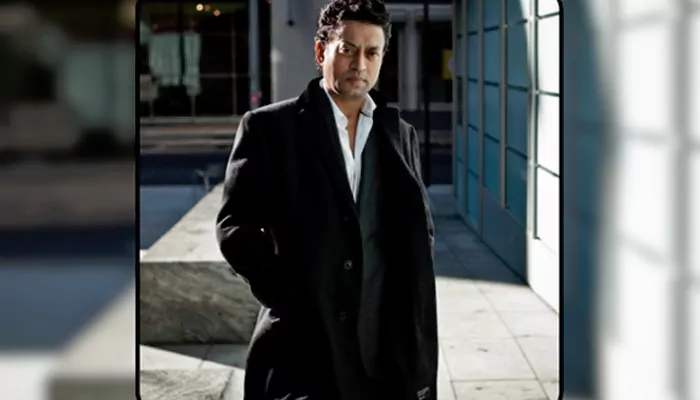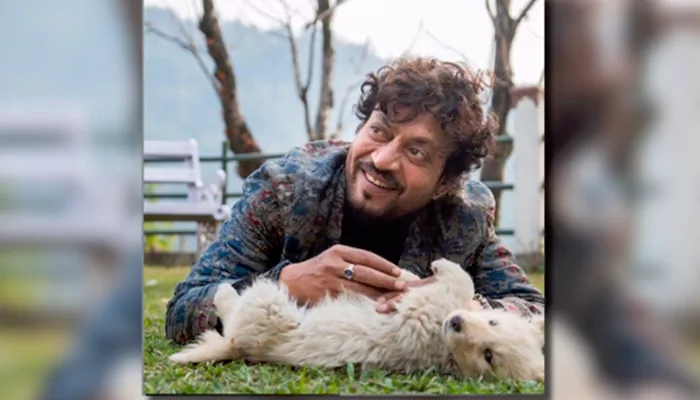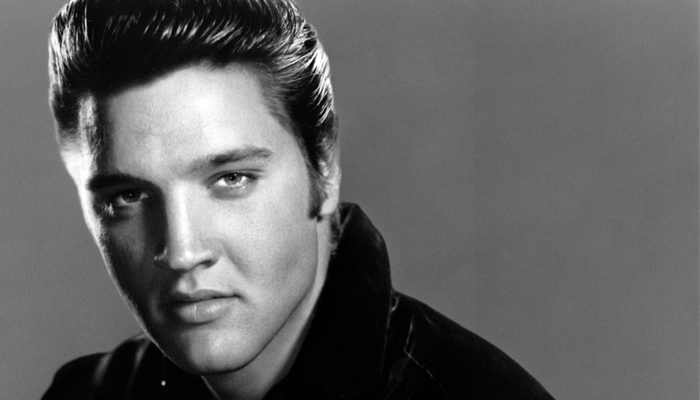Street Theatre in India: A Deep Dive into Its Oldest and Most Influential Forms
- Elisa Ghosh
- 1 year ago
- 4 minutes read

India boasts of a rich and diverse history in street theatre. ‘Street Theatre’ is an expression of revolutionary political and nationalist movements that not only entertain its audiences but has a deep-rooted role to play in social change. It attempts to be a reflection of society through art, drawing inspiration from society, depicting its shortcomings through drama and music, and thereby raising and posing to its audiences, relevant questions concerning socio-economic issues, to ponder and act upon. Its ‘stage’ is the streets and public spaces- markets, villages, parks, schools, residential areas and many more. For centuries, street theatre in India has been an influential medium, deeply rooted in tradition, and a powerful voice for communities across the subcontinent. Let's dive in to explore the oldest and most impactful forms of this dynamic theatrical tradition.
The Ancient Roots of Street Theatre
Street theatre in India isn't a modern phenomenon but a continuation of an age-old tradition that traces back to the ancient performing arts of the region. From the sacred rituals of the Vedic period to the folk performances of the medieval era, street theatre has evolved through the ages, adapting and thriving in the ever-changing social landscape. One of the earliest forms of street theatre is -Ramlila, a dramatic retelling of the Ramayana, performed annually in various parts of India. With roots in the 16th century, Ramlila is a grand spectacle involving elaborate costumes, sets, and a large ensemble of performers who bring the epic to life in public spaces. Its essence lies in its ability to engage communities in a shared cultural experience, transcending barriers of class and education.
The Folk Traditions: Beyond the Mainstream
Beyond Ramlila, India’s street theatre scene is rich with diverse folk traditions, each unique to its region. In Gujarat, Bhavai combines dramatic storytelling with music and dance, often performed on a small, makeshift stage. Tamasha in Maharashtra, originally a form of rural entertainment, has evolved to address contemporary issues while maintaining its traditional flavour. Further east, the Jatra of Bengal is a high-energy performance that merges drama with music and dance, depicting both mythological and historical stories. Meanwhile, the Nautanki of Uttar Pradesh and Haryana is renowned for its elaborate performances, often infused with humour and romance, reflecting the everyday life and concerns of rural audiences.
Social Impact and Modern Adaptations
Street theatre in India is more than just a cultural tradition; it serves as a powerful tool for social change and community engagement. In the wake of independence, theatre groups began using street performances to address pressing social issues such as gender equality, corruption, and environmental concerns. One notable example is the work of the Janam theatre group, which has been using street theatre to highlight issues of social justice and human rights since the 1970s. Their performances, often held in public spaces, engage audiences in critical conversations about society’s pressing issues, blending traditional theatrical techniques with contemporary political themes.
The Revival and Global Influence
In recent years, street theatre has experienced a revival, with a new generation of artists embracing this traditional form while infusing it with modern elements. Festivals dedicated to street theatre, such as the International Street Theatre Festival in Delhi, showcase both Indian and international street theatre companies, highlighting the global appeal and relevance of this art form. Moreover, Indian street theatre has made its mark on the global stage, with performances and workshops conducted in various countries, fostering cultural exchange and broadening the appreciation of this unique theatrical tradition.
Street theatre in India remains a vibrant and influential force, rooted in ancient traditions. It bridges the gap between the past and present, connecting audiences with timeless stories and contemporary issues alike. Though Street theatres seem to have lost value in today’s digital age. Remnants of it exist, but only in rural settings, that too with a bleak future. There is an urgent need for this heritage to be preserved as well as showcased as important cultural work against the injustices faced in Indian society. For those who seek to understand the pulse of Indian culture, there is no better place to start than the lively, expressive world of street theatre.

